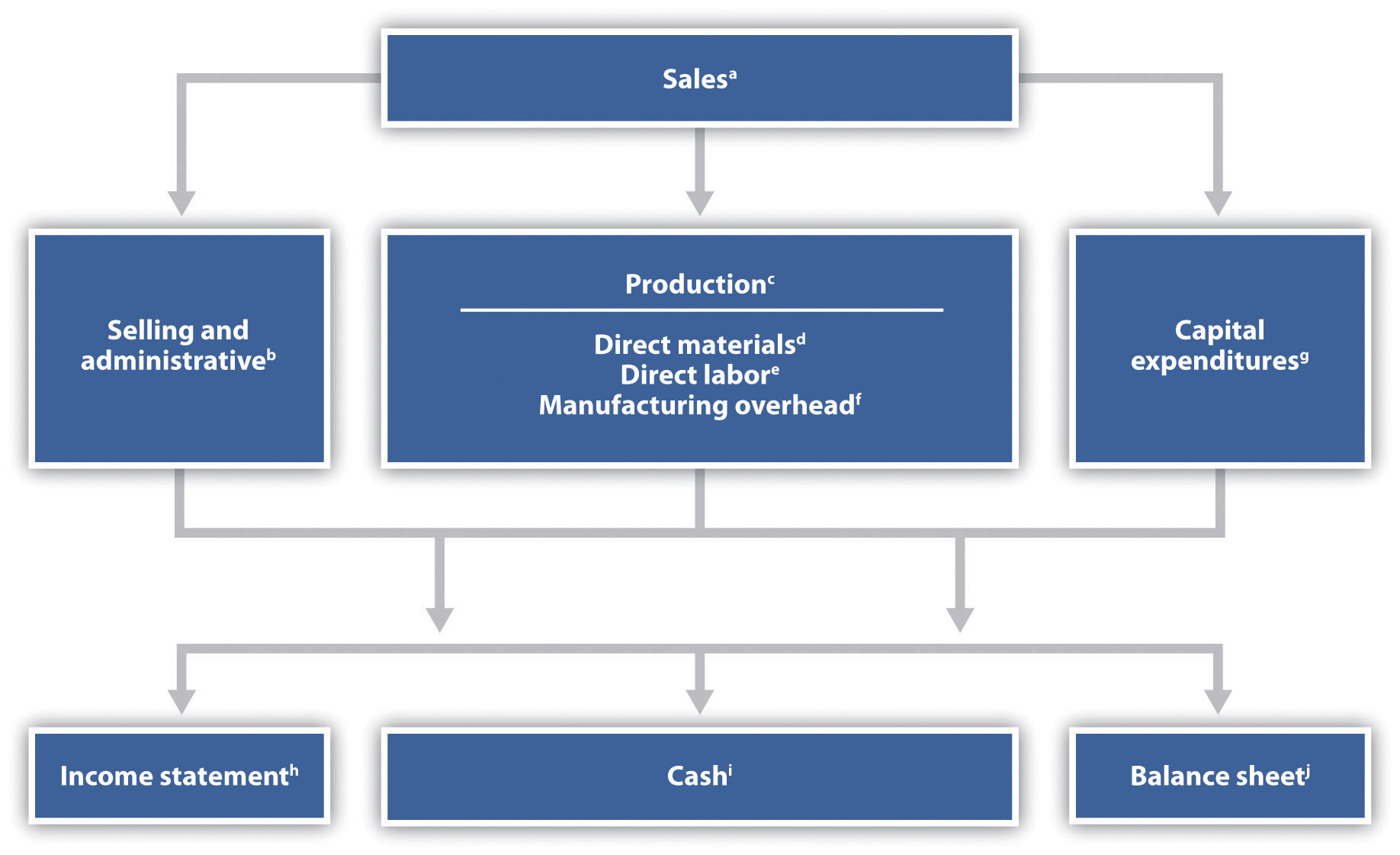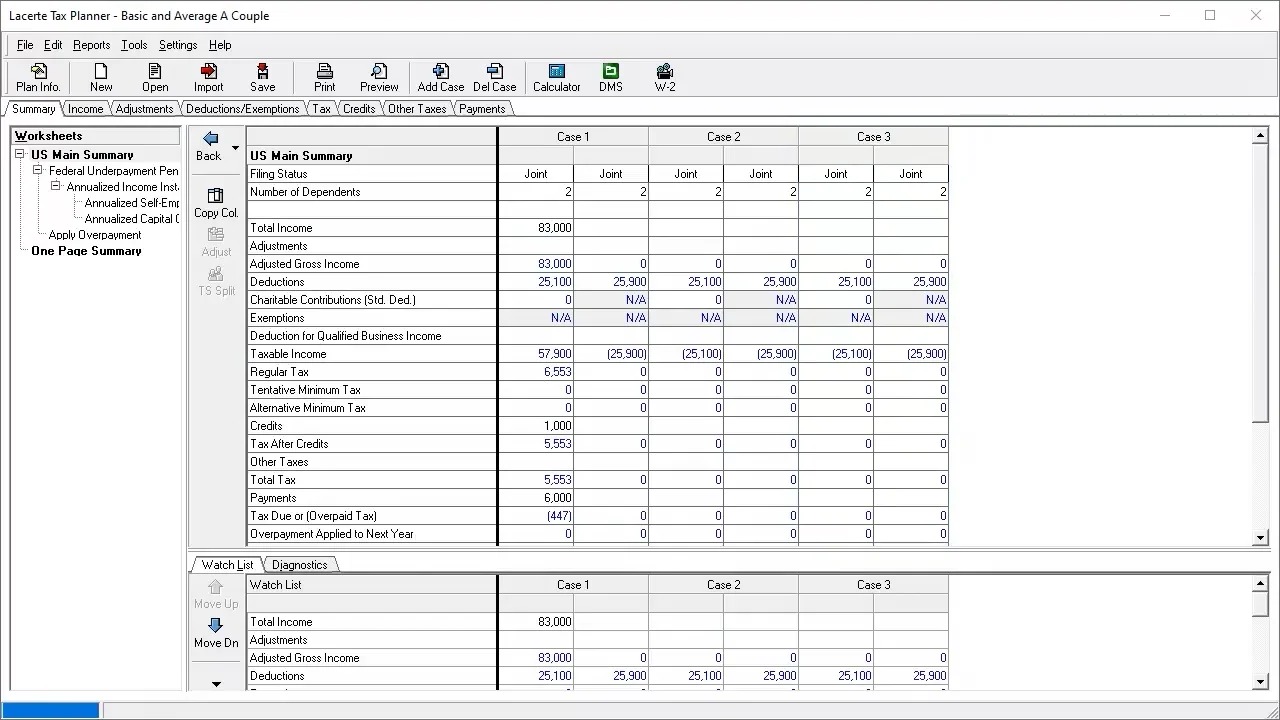Home>Finance>What Is Garnishment? Definition, Causes, Process And Legal Limits


Finance
What Is Garnishment? Definition, Causes, Process And Legal Limits
Published: November 30, 2023
Learn about garnishment in finance: its definition, causes, process, and legal limits. Understand how this financial term can impact your money and assets.
(Many of the links in this article redirect to a specific reviewed product. Your purchase of these products through affiliate links helps to generate commission for LiveWell, at no extra cost. Learn more)
What Is Garnishment? Definition, Causes, Process, and Legal Limits
Have you ever heard the term “garnishment” in the world of finance? If not, don’t worry; you’re not alone. Garnishment is a legal process that allows creditors to collect a debt from a person’s wages or bank account, with the court’s authorization. In this blog post, we will delve into the definition, causes, process, and legal limits of garnishment, providing you with a comprehensive understanding of this financial matter. So, let’s dive in!
Key Takeaways:
- Garnishment is the legal process in which a creditor collects a debt from a person’s wages or bank account.
- Garnishment is commonly used to recover unpaid debts, such as credit card bills, medical bills, and unpaid taxes.
Definition
Garnishment is a legal procedure that allows a creditor to seize a portion of a person’s wages or funds from their bank account. This process is typically initiated after a court order, and it serves as a means for creditors to recover unpaid debts. The money obtained through garnishment is used to pay off the debt owed by the individual.
Causes of Garnishment
Garnishment can occur due to various reasons. Here are a few common causes:
- Unpaid Credit Card Bills: Failure to make timely payments on credit card bills can result in garnishment. Creditors may seek court permission to collect the outstanding debt directly from the debtor’s wages or bank account.
- Medical Bills: Medical expenses can quickly accumulate, and if left unpaid, healthcare providers may resort to garnishment to recover the outstanding balance.
- Unpaid Taxes: The government has the authority to garnish wages to collect unpaid taxes. This may happen if you owe back taxes or fail to comply with your tax obligations.
- Defaulted Student Loans: In cases where borrowers fail to repay their student loans, the government or private lenders might resort to wage garnishment as a means of debt collection.
The Garnishment Process
The garnishment process typically involves the following steps:
- Legal Action: Creditors initiate legal action against the debtor by filing a lawsuit, obtaining a judgement, or acquiring a court order for garnishment.
- Notification: Once the court order is obtained, the creditor will notify the debtor’s employer or bank regarding the garnishment. The notification will specify the amount to be deducted from the debtor’s wages or bank account.
- Withholding: The employer or bank is legally obligated to withhold the specified amount from the debtor’s wages or funds and transfer it to the creditor.
- Repayment: The creditor receives the garnished amount and applies it towards the outstanding debt, reducing or fully satisfying the debt owed by the debtor.
Legal Limits on Garnishment
It is important to note that there are legal limits on the amount and extent of garnishment that can occur. These limits vary by jurisdiction and are aimed at protecting individuals from being left with insufficient funds to meet their basic needs. The Consumer Credit Protection Act (CCPA) sets federal limits on wage garnishment, stating that creditors can generally only garnish up to 25% of the debtor’s disposable income. However, certain circumstances, such as unpaid child support or federal taxes, may allow for higher garnishment percentages.
Understanding garnishment can be crucial in managing your finances and avoiding potential financial hardships. If you find yourself facing garnishment, it is advisable to seek legal guidance to explore your options and understand your rights.
Conclusion
Garnishment is a legal process that allows creditors to collect unpaid debts from a person’s wages or bank account. It is commonly used to recover debts such as credit card bills, medical bills, taxes, or defaulted student loans. The garnishment process involves legal action, notification, withholding, and repayment. It is important to be aware of the legal limits on garnishment to ensure individuals are not left with inadequate funds. Seeking professional advice is recommended if faced with garnishment to understand your rights and explore potential solutions.
Hopefully, this blog post has shed some light on the topic of garnishment and provided you with the necessary knowledge to navigate this aspect of finance effectively.














